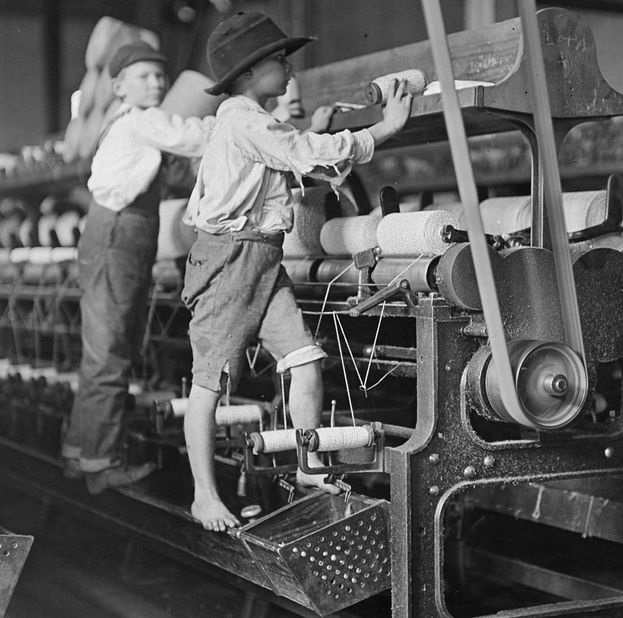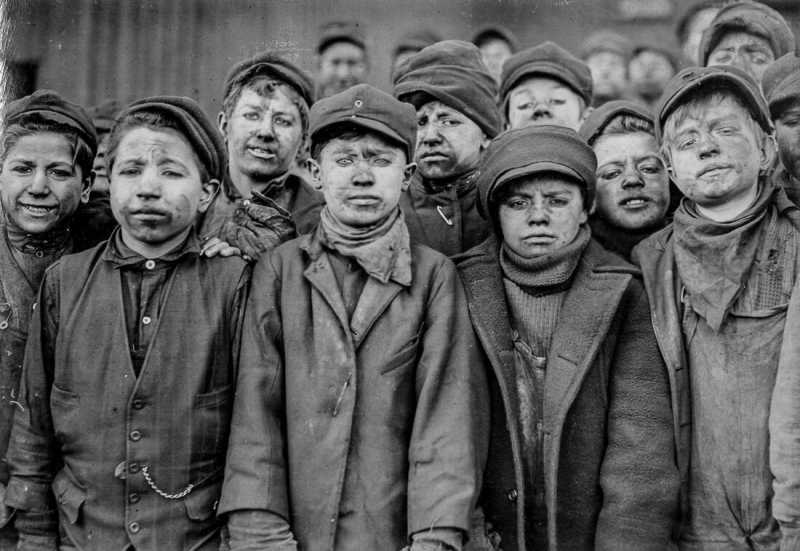Labor exploitation
One of major effects of the Industrial Revolution is the labor exploitation. Significant societal changes were brought about by the Industrial Revolution's economic and technological features. The greater population density in compact locations allowed the new industries to access a vast pool of laborers, and the larger labor force allowed for ever-increasing specialization. Numerous industrial employees in Europe were living in the most appalling conditions by the 19th century, numbering in the thousands. It initially appeared to make the poverty and misery of workers worse. They were forced to rely on expensive production tools that few people could afford to purchase for employment and survival. There was little job security because of a vast labor pool and frequent worker displacement brought on by technical advancements. Lack of laws and rules protecting workers resulted in long hours for meager pay, living in filthy tenements, and occupational abuse and exploitation.
Immigrants from rural areas flocked to cities lured by the prospect of gainful employment only to discover that they were compelled to live in overcrowded, dirty slums filled with rats, sickness, and other vermin. The streets of the newer cities were frequently laid out in grid patterns that were intended for commerce rather than human needs like privacy and recreation, yet allowed these towns to grow endlessly.
According to Beck, many socialist movements that aimed to improve the living and working conditions of industrial workers formed. For instance, both Marxism and utopian socialism aimed to end the exploitation of workers by owners and improve social balance. The concept of labor unions also gained popularity during this time in industrial societies. Workers established unions and utilized them to agitate for a range of causes, such as reduced working hours, more income, secure working conditions, access to healthcare, and basic education.
Many of them succeeded in achieving these objectives by putting pressure on the government to intervene and enact laws governing various facets of industrial operations. For instance, the British government created legislation restricting child labor as the Industrial Revolution gained momentum. The Factory Acts of 1819 set a 12-hour maximum workweek for British children. Children under the age of nine were no longer permitted to work, and those above the age of 13 were only permitted to work for a maximum of nine hours per day by 1833. More triumphs for the working class were won by the labor movement in the shape of minimum wage laws, hourly limits, required lunch breaks, and health and safety standards.









